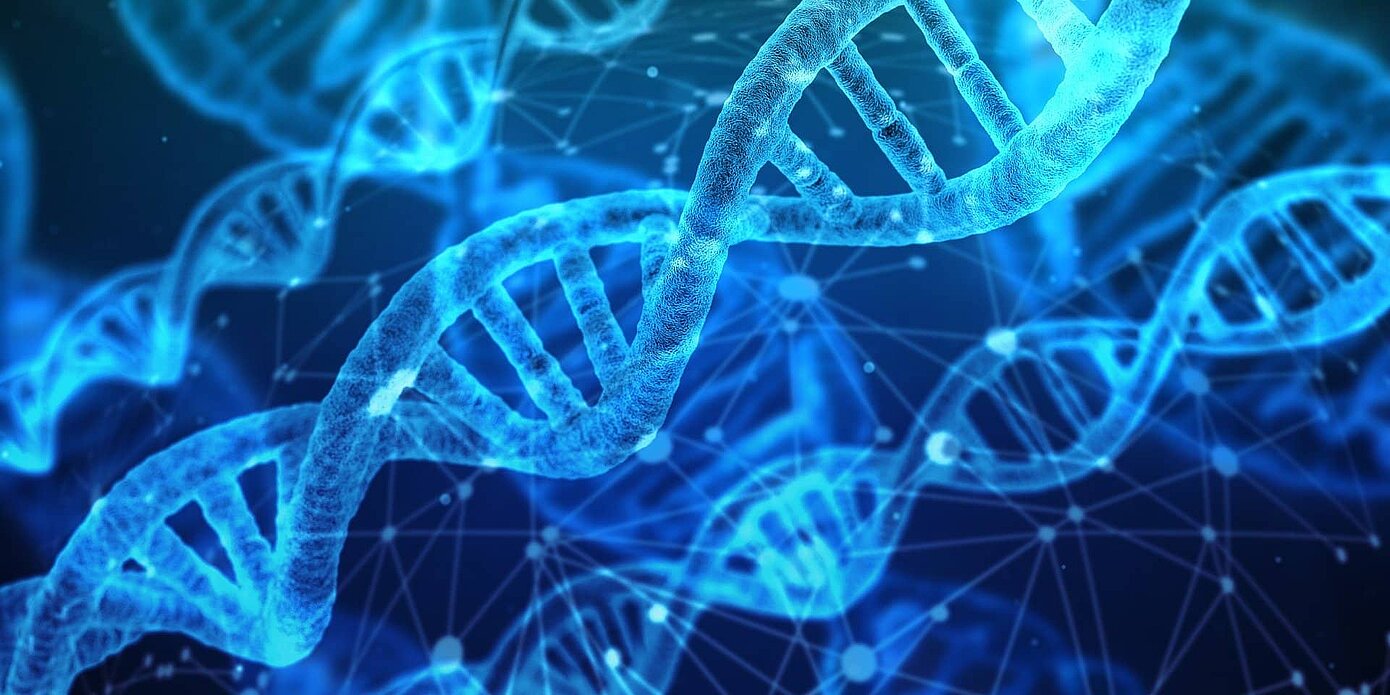
Sample preparation
Sample preparation
PLATEAU LEADER
Sample preparation is not only a key issue for structural and molecular biology studies, but concerns life sciences development as a whole. The platform offers state-of-the-art infrastructures for the expression and production of biomolecules and their complexes. We propose recombinant expression of protein and multi-protein complexes in prokaryotic and eukaryotic hosts as well as biomass production for isolation of poorly abundant proteins and endogenous complexes.
Protein production
Bacteria
The bacterial expression platform combines
- a large set of expression vectors for Escherichia coli;
- parallelized protocols, which enable a broad screening of soluble protein expression through the use of multiple fusion proteins and various growth conditions.
The bacterial platform has also a long standing and unique expertise in protein complexes reconstitution and production by multi-expression in Escherichia coli. This technology is fully compatible with the parallelized protocols used for single expression. The facility is equipped with standard temperature controlled shakers as well as with two fermenters (30 and 100 L) for bacterial and yeast cultivation that can be used when large scale recombinant expression is needed or for biomass production in view of purification of protein/complexes expressed at the physiological level.
Insect cells
The baculovirus expression system is used for protein and multi-protein complex production in insect cells. Streamlined procedures are proposed for :
- the generation of recombinant baculovirus (transfections, co-transfections) and amplification of a high titer viral stock;
- evaluation of recombinant baculovirus and expression optimization using adherent cells or suspensions;
- protein expression in various scales and formats including production of multi-protein complexes.
The facility is equipped with a dedicated environment for baculovirus production with a 27°C temperature controlled room and a set of shakers allowing both expression screening and large scale productions at the 1-6 litre scale.
Mammalian cells
The platfom provides expression in mammalian cells based on:
- transient transfection ;
- using the Vaccinia Virus system. Overexpression of proteins is achieved in hamster BHK21 cells using an attenuated vaccinia virus vector (Modified Vaccinia Virus Ankara-MVA that is user safe and may be handled under BSL1 conditions). Genes of interest are cloned downstream of a bacteriophage T7 promoter within a specialized plasmid for transfer into the viral genome by homologous in vivo recombination. Virus recombinants are isolated within a few weeks in a series of selection steps using fluorescent markers. Viral recombinants are then used to produce protein in suspension cultures of hamster cells. The facility is equipped to produce 10-20 litre batches of mammalian cells, allowing both large scale recombinant expression and biomass production for isolation of endogenous protein/complexes (expressed in physiological conditions under the control of their natural promoters).
In the frame of a partnership with the TacGene platform from the Museum d’Histoire Naturelle (Paris, France), the platform also provide access to gene tagging with the CRISPR-Cas9 system for introduction of affinity tags to facilitate the purification of endogenous complexes or for tagging proteins with fluorescent reporters in view of imaging and functional proteomics applications.
Protein purification
Lysis systems
For purification and subsequent research purposes, the protein has to be brought into solution by breaking the tissue or cells containing it.
Several methods of cell lysis are commonly used to achieve this: mechanical disruption, sonication using high frequency sound waves, liquid homogenization and freeze/thaw cycles. The choice of the lysis method depends on the type of cells (bacteria, yeast, mammalian cells, etc), the volume of cell suspension and the fragility of the proteins to be recovered. The composition of the lysis buffer is also crucial to maintain the proteins of interest in the soluble fraction after cell breakage. The platform is equipped with sonicators (small probe, large probe and 4 tip probe) and a high pressure homogeniser Emulsiflex C3.
Purification systems
Protein purification consists of a series of separation steps intended to isolate a single type of protein from a complex mixture. Separation steps may exploit differences in protein size, physicochemical properties, binding affinity and biological activity. Preparative purifications aim to produce a relatively large quantity of purified proteins (> 1 mg) for subsequent structural and functional studies. Analytical purifications produce a relatively small amount of proteins (0.1 - 1 mg) for a variety of research purposes and are commonly used to set up a purification protocol. To evaluate expression levels in multiple small test cultures and to screen for soluble or mutagenized protein constructs, a partial purification using a single affinity step may be performed using a semi-automated method (PureSpeed affinity resin tips and multichannel electronic pipette)
Device: Akta Avant, electronic pipette Rainin E4 XLS and PureSpeed affinity tips
